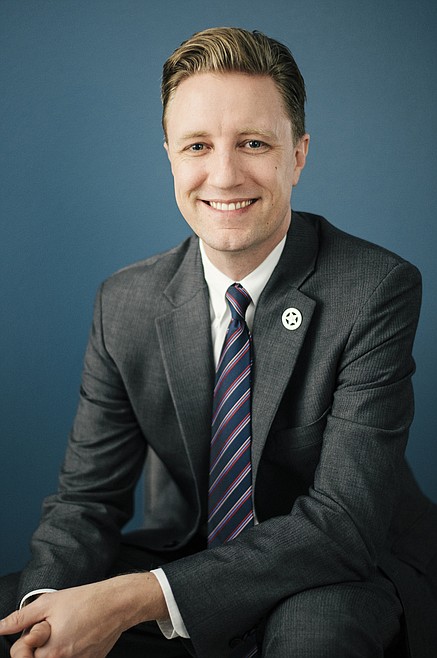Battling substance abuse requires collaborative effort
Two and a half years ago, Attorney General Tim Fox and I stood on the steps of the state capitol with other lawmakers announcing a major long-term initiative to address the effect of drugs (Aid Montana). Since then, our successes outnumber our defeats, and we are ready for the next phase to combat the addiction crisis in Big Sky Country.
On the success front, we can point to victories in the areas of prevention, treatment and enforcement. We led the charge on passing common-sense limitations on first-time opioid prescriptions, passed our bill to increase funding to create new drug courts — and expand existing ones — and we increased the number of state law enforcement officers who can assist local agencies in combating drug trafficking.
After President Donald J. Trump appointed Kurt Alme as U.S. Attorney for Montana and Rod Ostermiller as U.S. Marshal, we began an unprecedented era of collaboration. Our work has halted the growth of violent crime in many parts of our state. The relationships between local, tribal, state and federal partners have never been stronger.
We have begun to develop the next steps in the fight for solutions. That is why we set several new goals for the Montana Department of Justice in the coming year to deal with drug and alcohol abuse.
Montana’s local law enforcement professionals are among our greatest assets. Ensuring they are part of the solution is critical. They often are under-resourced, especially when it comes to drug task forces. Our local and regional task forces are essential tools in disrupting drug trafficking, yet their funding has eroded, and, unfortunately, there are pockets of the state without them.
Small investments from the state or more stable funding from the federal government can go a long way in disrupting drug trafficking networks. This is especially true of the networks funneling meth, heroin and fentanyl into Montana.
At the Montana Department of Justice, we will be crafting proposals for the 2021 legislative session and working with our local law enforcement agencies on stepping up where congress has left them hanging. In the meantime, we will be enhancing assistance to fill gaps in the places where no drug task forces exist.
As Montanans, we also need to have a larger discussion on prevention. For the sake of families, communities, our economy and public budgets, the best way to deal with addiction is to prevent it. The Department of Justice will be leading the charge on developing Montana-driven prevention plans that will get government and schools on the same page. We also will enlist the support of nonprofits, churches, employers, tribes and community leaders.
Yellowstone County has undertaken this kind of prevention effort in a public, private and nonprofit team effort. After Attorney General Tim Fox and I spoke at a meeting in Sidney, they expressed a desire to start a community-centered approach to prevention. We will dedicate resources and time to help any community start a similar effort.
Montana’s drug crisis did not come overnight and it does not stem from a single source or reason. Addressing the crisis will be a long road that we must travel together, and it requires an all-of-the-above approach including treatment, prevention and interdiction. That’s why we launched Aid Montana, and that’s why the work must continue.
Jon Bennion is the Chief Deputy Attorney General of Montana.

